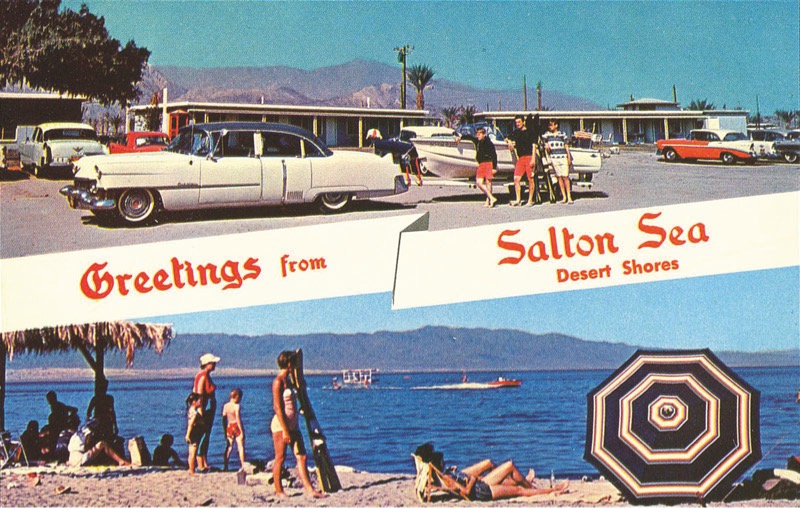How new partnerships are working to prevent a national environmental disaster in a former touristic hotspot.
Spanning 343 square miles, the man-made Salton Sea is California’s largest lake. Fifteen times bigger than the island of Manhattan but, in most places, no deeper than a swimming pool. The lake was formed by accident in the early 1900s when the Colorado River broke through diversion canals.
Soon after its creation, the Salton Sea became a popular recreation area. A championship golf course and yacht club were established, and Hollywood celebrities and wealthy sports lovers flocked to its shores.
However, over the past two decades, the Salton Sea has been shrinking, exposing the dry lakebed and releasing heavily polluted dust clouds. The Salton Sea is almost 40% saltier than the ocean and polluted by the agricultural run-off that feeds the lake. Today, the Salton Sea is a widely debated health hazard; millions of dead fish have washed up on shore in the past 15 years and asthma levels among local children is three times higher than the state average.
By 2035, 134 square miles of dried lakebed – saturated with many decades of agricultural chemicals – will be exposed, leading to an unprecedented environmental and human health crisis. Both the federal and California state governments recognize the severity of the issue. President Obama recently committed $30 million to protect the environment and human health around the Salton Sea, and the state of California has set aside $80.5 million for restoration projects.
Revegetation will be an important tool in these conservation efforts. Trees and shrubs will provide a home to birds and other wildlife and keep toxic dust from becoming airborne and blowing downwind to residential communities.
Land Life Company will be working with the California Natural Resources Agency, the Imperial Irrigation District and other stakeholders to plant up to 1,500 Cocoons in different areas of the Salton Sea restoration area. We will be evaluating the Cocoon’s ability to enable plant establishment in the severely degraded, salty soils around the Salton Sea.
If successful, Cocoons will be integrated into additional areas as part of the Salton Sea Management Plan that aims to restore 18,000 – 25,000 acres of land.
“We’re going to reverse the deterioration of the Salton Sea before it’s too late, and that’s going to help a lot of folks all across the West.”

SEA STATS:
- At one point, the Salton Sea attracted more visitors per year than Yosemite, the iconic national park in northern California
- The Salton Sea is one of the most heavily used bird habitats in the US, providing shelter and food for many migratory birds



